Schlumberger
The world of Schlumberger
Immerse yourself in the elegant world of sparkling wine. Learn how carefully selected
carefully selected base wines into exclusive cuvées through the art of assemblage.
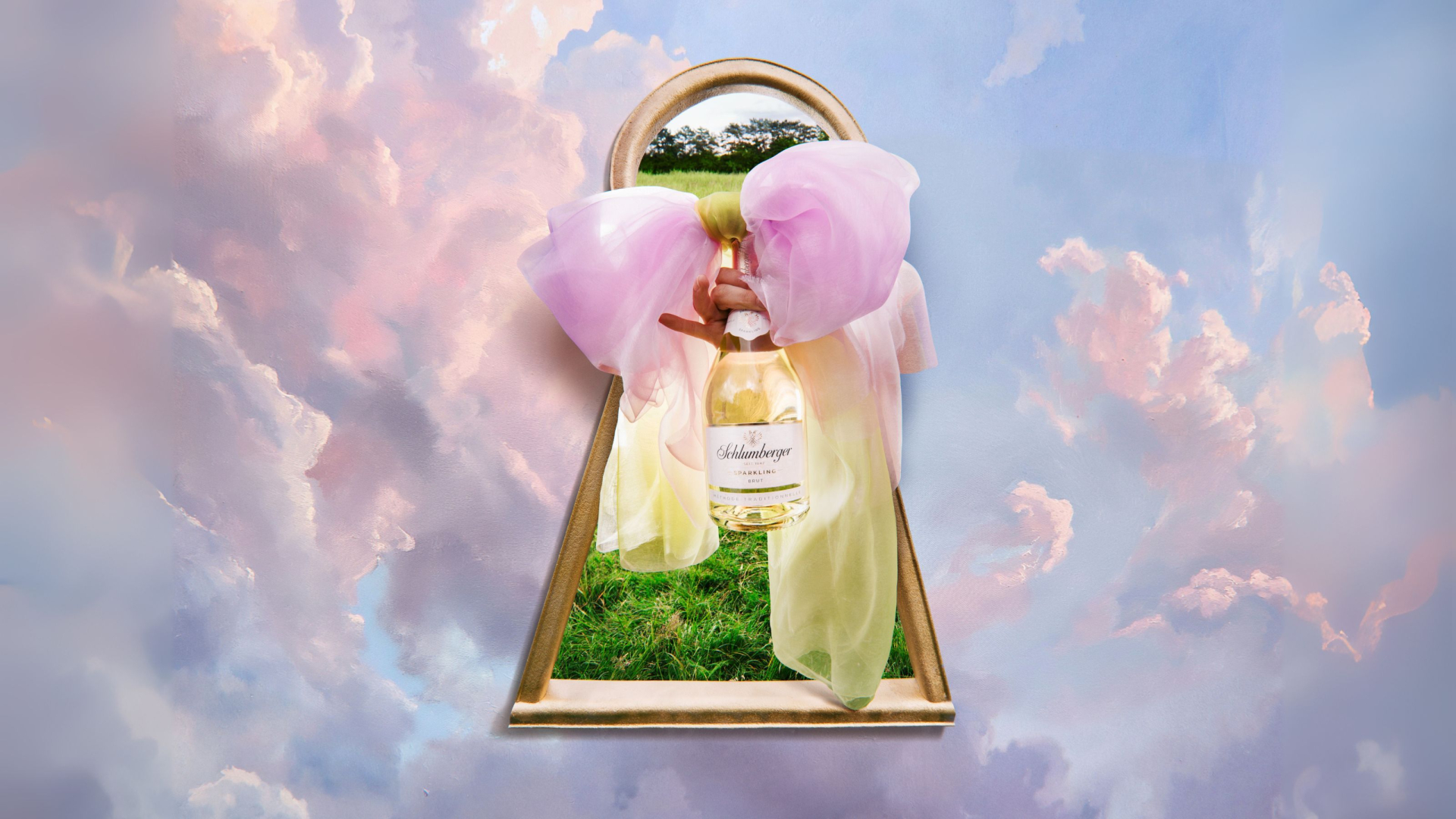
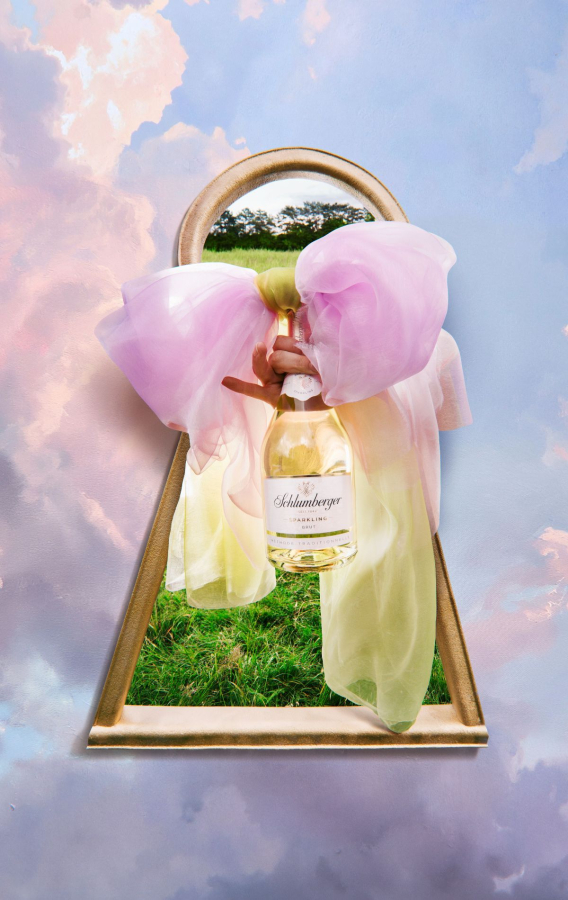
Willkommen bei Schlumberger!
Schlumberger setzt sich für den verantwortungsvollen
Umgang mit Alkohol ein.
Vielen Dank für Ihr Interesse an Schlumberger. Unsere Website kann jedoch erst ab einem Mindestalter von 18 Jahren besucht werden.
Schlumberger
Immerse yourself in the elegant world of sparkling wine. Learn how carefully selected
carefully selected base wines into exclusive cuvées through the art of assemblage.
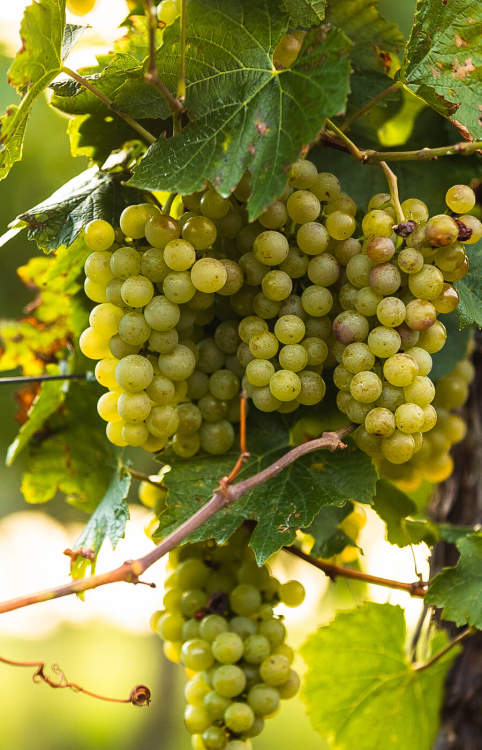
From traditional techniques to modern methods - discover how bottle fermentation, the transvasation process and the Charmat method shape the character of each sparkling wine.
Since 1842, the most elaborate and traditional “Méthode Traditionnelle” from the Champagne region has been cultivated and developed with the greatest care at Schlumberger. The fine perlage of the sparkling wine is created directly in the bottle during the second fermentation. Careful shaking of the bottles collects the yeast in the neck of the bottle and is removed during the subsequent disgorging process.
Each bottle of Schlumberger matures on the lees for at least 12 months, the Reserve and Great Reserve even longer. The cellar point on the bottom of the bottle is Schlumberger's quality mark for production according to the Méthode Traditionnelle.
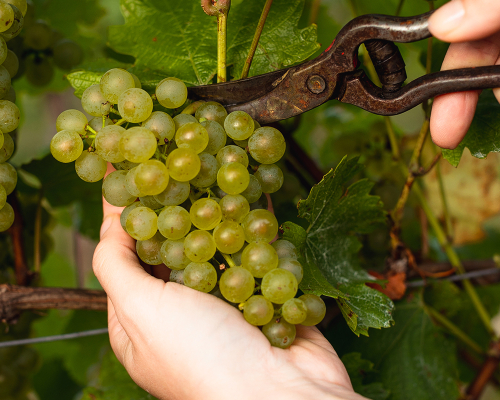
1 year
The exquisite base wines come exclusively from Austrian contract winegrowers who guarantee the highest Schlumberger quality standards and are regularly inspected.
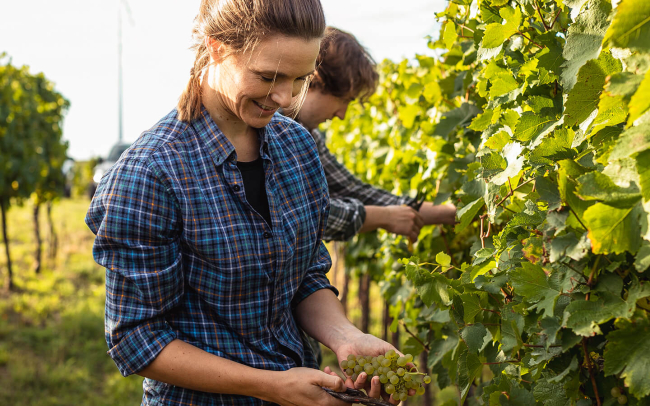
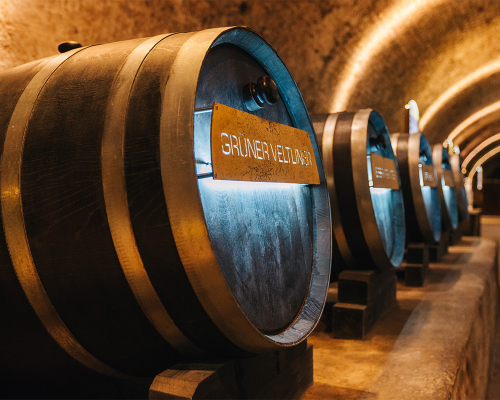
2-3 years
Our experienced cellar masters and oenologists prepare the “Cuvée”: The careful blending of different wines guarantees consistently high quality and the typical taste.
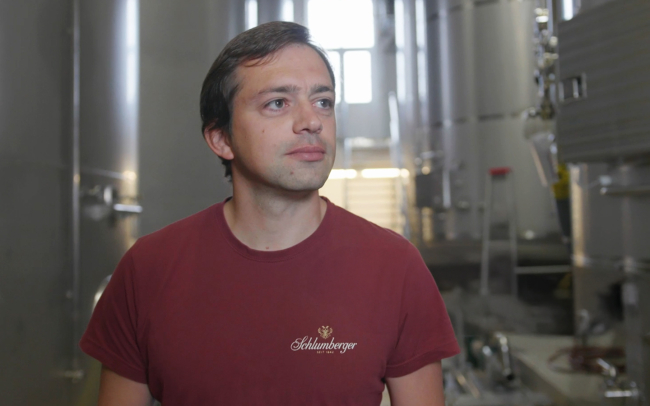
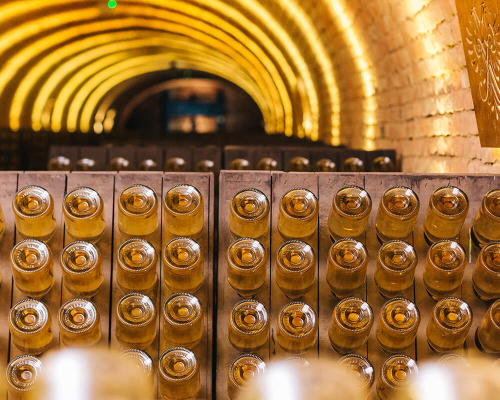
Maturation
The cuvée is mixed with “Tiragelikör” and yeast specially selected in our cellar, which significantly influences both the maturation process and the development of aromas. The second fermentation begins in the bottle and the yeast gradually transforms the Tiragel liqueur into alcohol and carbon dioxide: Schlumberger acquires its fine bouquet and delicately sparkling “mousseux”.
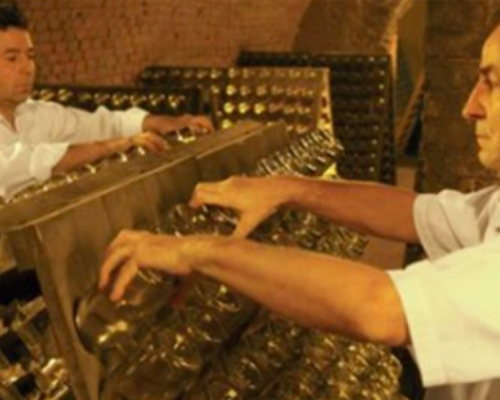
According to the Méthode Traditionnelle
After maturing on the lees, each bottle is turned by an eighth at precise intervals with a vigorous shaking motion and placed at a slightly steeper angle: The yeast separates from the side wall and gradually collects in the neck of the bottle.
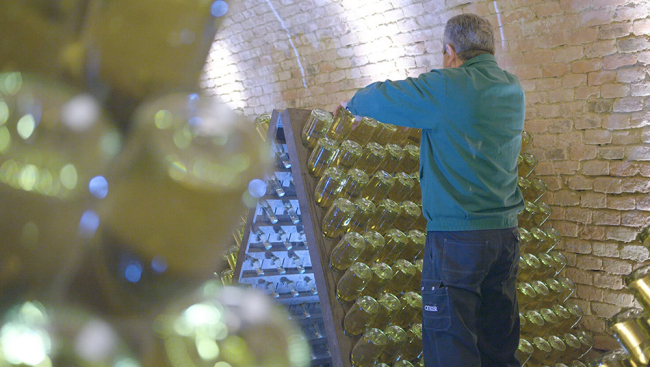
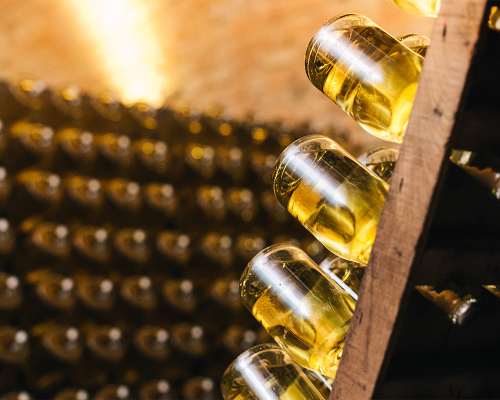
During disgorging, the collected yeast is frozen by immersing the neck of the bottle in an ice bath: the inherent pressure created during fermentation ejects this deposit from the bottle when it is opened. Each bottle is then finished with the “dosage”. This determines the final taste of each sparkling wine and is kept a secret by the cellar master. Schlumberger is famous and has won several awards for sparkling wines in the “Brut” category.
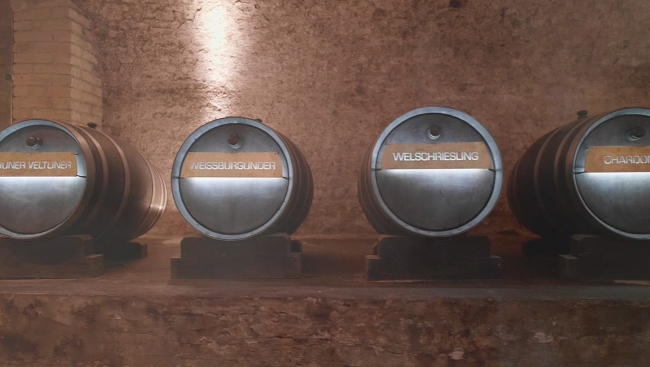
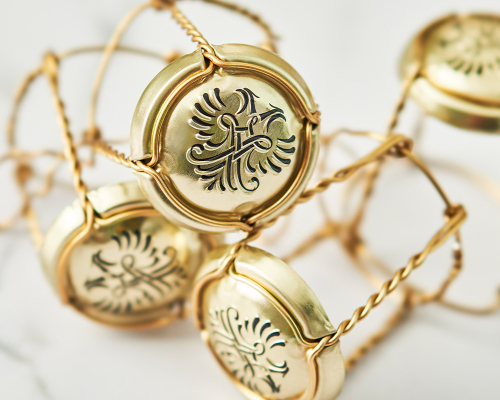
The finishing touch
After adding the dosage, the bottles are sealed with a natural cork. This is then secured with an agraffe to keep the cork in the bottle. The natural cork used by Schlumberger comes mainly from Spain and Portugal.
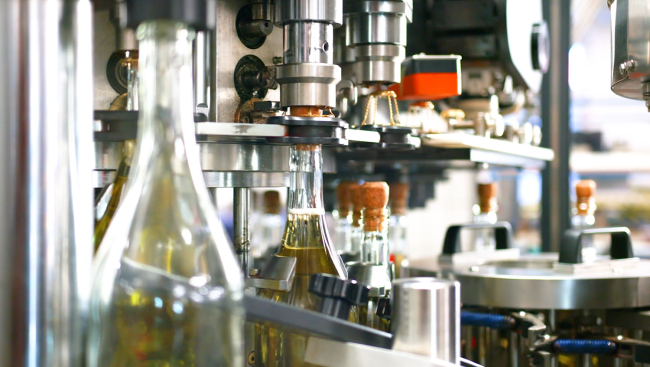
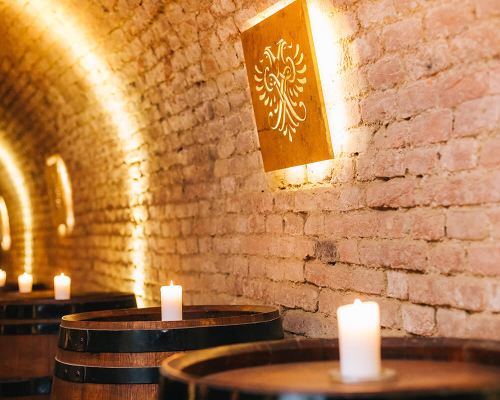
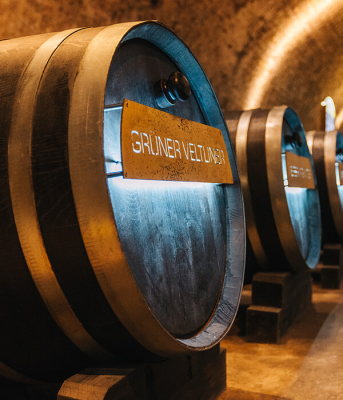
In the case of vintage sparkling wines, the selected grapes come from the same year.
Many things in life change. The taste. The trend. The fashion. Schlumberger remains as it was conceived by Robert Schlumberger in 1842: Brilliant, sparkling, harmonious, unmistakable in taste and uncompromising in quality: by strictly following the “Méthode Traditionnelle” and adhering to all the criteria of the Austrian sparkling wine pyramid, the highest quality, care and unmistakable taste from Austria are always guaranteed when you choose a bottle of Schlumberger (sparkling wine).